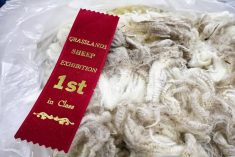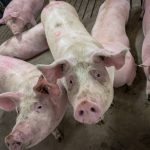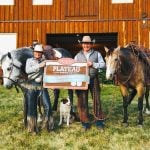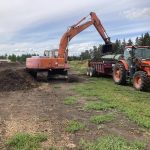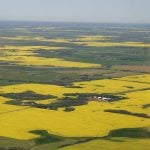COWLEY, Alta. – The ill effects of industrial pollution on livestock became a personal worry for veterinarian Chris Jensen when his cattle were exposed to sour gas emissions in the early 1990s.
He and his neighbours at Lacombe, Alta., ultimately banded together to make five oil companies stop flaring sour gas wells near their farms.
Over an 18 month stretch of flaring, 12 of his cattle developed pulmonary emphysema and others had lingering health problems. Soil tests conducted in 1990 before the flaring showed 20 pounds of available sulfur per acre. By 1993 it had increased to toxic levels of 80 lb.
Read Also
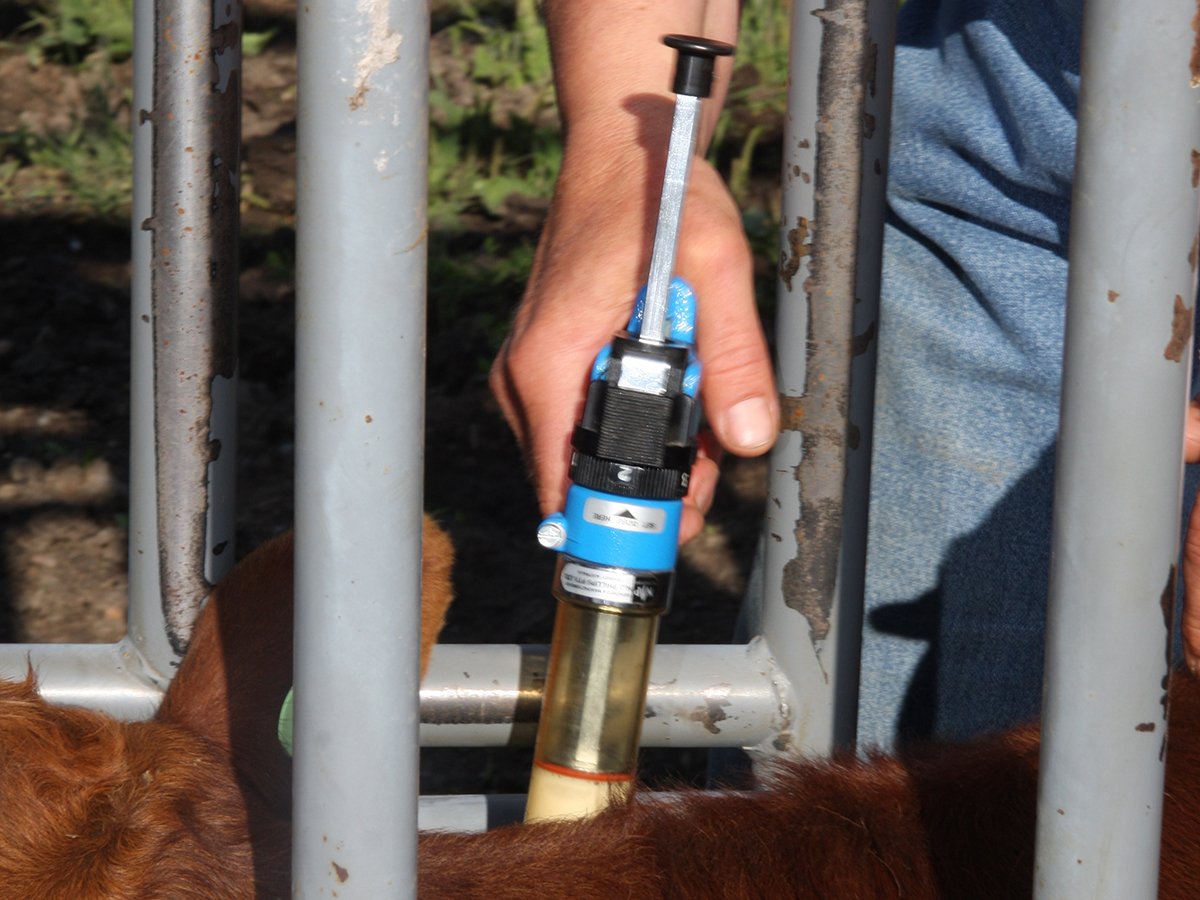
Canada must address potential veterinary drug shortages
If critical products are unavailable when needed, it could result in unnecessary human and animal deaths in the worst-case scenario.
Jensen worked with a nutritionist who developed supplements to counteract the effects of such high sulfur levels. Sulfur overloads tie up other trace minerals and could lead to problems such as copper deficiencies.
“When you get that kind of an elevation in sulfur, there has to be a reason for it,” he said recently at a town hall meeting in Cowley.
This southwestern Alberta community is assessing the potential effects of several large sour gas well proposals for the area. Residents are concerned about the potential health effects on themselves and their animals.
Sour gas is natural gas that contains hydrogen sulfide, a colourless flammable compound with a rotten egg smell.
Flaring disposes of unwanted flammable gases at a well site. It gets rid of excess gas and converts the more toxic hydrogen sulfide to sulfur dioxide, considered a less dangerous compound.
Jensen’s experiences drew an invitation to join two other writers and produce a book that helps producers document all farm activities and livestock observations during periods of flaring.
Commissioned through the Clean Air Strategic Alliance based in Edmonton, the 57 page book is available free of charge.
“It is designed so a producer will start keeping records and have background information prior to any industrial activity taking place,” Jensen said in an interview.
While producers can document the effects of acute exposure, it’s harder to prove long-term exposure and its effects without solid records.
Long-term exposure is thought to decrease animals’ immune systems, making them susceptible to other debilitating problems.
Jensen believes respiratory problems, abortions and birth defects occur after acute exposure, but little data is available on the effects of long-term exposure.
The book lists potential livestock ailments and includes space to record weather conditions, cattle locations, reactions, physical symptoms and deaths during an acute incident.
Normal farm management practices must also be recorded to prove animals were under a proper herd health program. Body condition scores, vaccines and parasite control practices are needed as proof of proper animal care if a case goes to court.
“You have to be able to rule out that it is not something in your management technique that is causing decreased production,” Jensen said.
He also recommended regular feed and soil testing to measure possible changes. He said emissions not only affect livestock immediately, but also affect the ground, pasture and hay.
He suggested including background information on farm activities, sketches of water sources, water wells and locations of oil and gas sites.
The provincial Energy and Utilities Board, which approves oil and gas projects, has set up an investigations section to deal with complaints of sick livestock.
An animal health investigator compiles data and the livestock owner’s concerns, makes recommendations related to diagnostics procedures in co-operation with the attending veterinarian, and prepares a report to the EUB, which decides what action to take.
Disputes could be resolved when a four-year study of sour gas and animal health in the four western provinces is released early next year.
A companion study on the effects on human health was to be conducted at the same time, but a funding shortage caused delays. However, Dr. David Swann of the University of Calgary, who specializes in environmental health, said the study should start immediately.
“There are a lot of unknowns, par-ticularly the low-dose, long-term exposure that needs to be done,” he said. “Hopefully our Alberta government will invest after the animal study results come out.”
There are more than 40,000 man-made chemicals in the environment that are toxic at some level. Researchers must measure the level of concentrations as well as duration and frequency of exposure. They need to know how much is retained in the body and how much is excreted.
“Mixtures are our problem and that is the reality we are dealing with,” Swann said at the Cowley meeting.
“There is not very much we can say about them.”
Susceptibility is another issue.
Young healthy, well-nourished adults who do not smoke or drink alcohol are least susceptible while the elderly, those with respiratory problems such as asthma and young children could be seriously affected by exposure to hydrogen sulfide.







